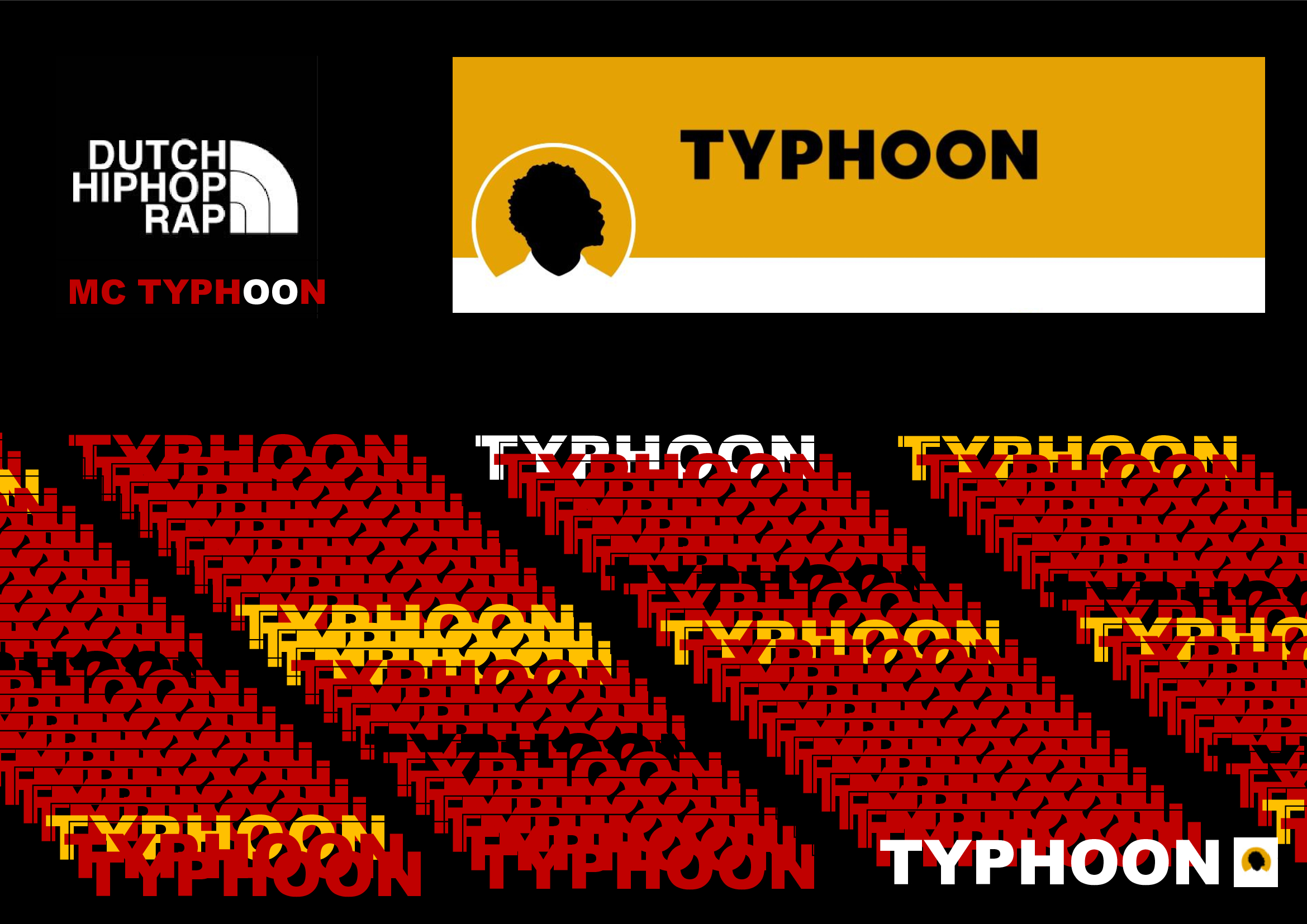-
AutorPublicaciones
-
-
Comprehensive
Strategy for
Mitigating Youth
Knife Crime:
Understanding its
Causes and a Review
of the Potential
Interventions.

Abstract:
The propensity to commit crime evolves in stages (from childhood); and can be linked to the intricate interplay of socio-economic, environmental, psychological and sociological factors.
These factors are not caused by race, but policies which affect communities leading to economic deprivation, and to the lack of love and guidance at the intimate levels of family which has broad social consequences for the community – including the lack of belonging, connection and responsibility.
Government has a significant role to the broader unmet needs to society and family. At its most embryonic policy form is inclusion.
Recognizing its complexity, this study delves into the multifaceted and intricate dynamics that contribute to the prevalence of knife-related violence among the youth demographic. The examination extends beyond mere statistical analysis to probe the root causes and underlying mechanisms that underpin this alarming social phenomenon.
It considers existing literature, empirical evidence and supplementary approaches, including community-based initiatives, restorative justice programs, and intervention strategies for mitigating youth knife crime. By advocating for a diverse set of interventions, this analysis contributes to the development of a holistic framework aimed at addressing the root causes and manifestations of youth knife crime.
Identifying several key factors contributing to the escalation of youth knife crime:
Youth knife crime represents a pressing societal challenge with profound implications for public safety and the overall well-being of communities.
English actor and rapper Idris Elba recently [in Janaury, 2024] launched a fresh advocacy entitled “Don’t Stop Your Future,” urging for a more compassionate government intervention in addressing the underlying issues of knife crime within the Reino Unido.
This campaign was inaugurated utilising a symbolic display comprising more than 200 items of clothing meticulously arranged in rows, outside Parliament Square in central London, symbolizing the individuals whose lives were tragically claimed by knife-related incidents in the U.K. over the past year.
According to Elba;
“In 2023, serious youth violence rose across the country. That means hundreds more promising lives cut short over an argument or a fleeting emotion,”…. “Every day, the feeling of helplessness in us parents grows bigger and bigger. If you have kids of a certain age, then you know – that feeling is relentless. Every walk to school. Every hug goodbye. You can’t help but wonder if that’s it; that’s the last one.”
“It’s high time the urgency felt by us as parents, and in our communities, be actioned by our politicians. That’s why the ‘Don’t Stop Your Future’ Campaign we’re launching today aims to raise serious youth violence to the top of the political agenda, where it belongs,” Elba continued.
Drawing upon extensive review, this study explores below, the influence of socio-economic and cultural factors, peer dynamics, and educational shortcomings as prominent determinants of this unsettling social trend.
1. Socio-economic Deprivation: Research have shown the strong correlation between socioeconomic deprivation and involvement in criminal activities among youths. Economic disadvantage, characterized by high levels of strategic unemployment, and lack of access to quality education creates an environment where young people may turn to illegal activities, including knife crime, as a means of economic survival or status attainment within their communities and are identified as significant precursors to the manifestation of violent and antisocial behaviours.
2. Peer Pressure and Gang Involvement: Gangs provide a sense of belonging and identity, but they also foster a culture of violence where conflicts are often resolved through aggressive means, including knife attacks. Research suggests that there is a strong connection between peer pressure and gang involvement. Peer pressure is a powerful influence on youth behaviour, and the desire to fit in and gain acceptance among peers can lead young people to engage in risky behaviours, including carrying knives. Pressure from peers to prove one’s toughness or loyalty to a group can override rational decision-making, increasing the likelihood of involvement in violent activities among youths.
3. Community Violence and Cultural Norms: Cultural norms and environmental dynamics play a pivotal role in shaping the value systems and behavioural norms of young individuals.
Exposure to community violence, whether direct or indirect, has been consistently linked to increased aggression and violent behaviour among youths. Living in neighbourhoods with high crime rates or witnessing violent incidents can desensitize young people to violence and normalize its use as a means of conflict resolution or self-protection.
4. Family Dysfunction: The family environment plays a crucial role in shaping youth behaviour; and dysfunction within the family, such as parental neglect, abuse, or substance abuse, can contribute to delinquency and violent behaviour among youths. A lack of parental supervision and support leaves youths vulnerable to external influences, including involvement in criminal activities, such as gang involvement and street crime.
In addition, the lack of positive role models play a significant role in shaping youth behaviour, including providing guidance and support at crucial life stages. The absence of positive role models leaves youths without constructive influences and increases the likelihood of negative peer influences and involvement in delinquent behaviours, including knife crime.
5. Drug Abuse and Trafficking: Involvement in drug-related activities exposes youths to a culture of violence, as disputes over drug territory, debts, or transactions often escalate to violent confrontations, including the use of knives. The illegal drug trade creates an environment where violence becomes a means of maintaining control and resolving disputes.
6. Mental Health Considerations: Acknowledging the nexus between mental health and criminal behaviour, can be linked to the role of psychological underlying factors in youth knife crime. Research has shown that untreated mental health conditions, such as childhood trauma, depression, anxiety, or PTSD can impair impulse control, increase aggression, and diminish empathy, making youths more susceptible to involvement in knife crime.
7. Educational Disengagement and Its Connection to The School-to-Prison pipeline: The concept of the “school-to-prison pipeline” refers to a set of policies and methodologies that propel students, particularly those deemed most vulnerable, away from educational environments towards the juvenile and criminal justice systems. This phenomenon underscores a systemic inclination towards prioritizing punitive measures over educational opportunities. Increasingly, certain students find themselves traversing a series of the underlisted predetermined “stops”, leading ultimately to incarceration.
Failing Public Schools:
For most students, the onset of the pipeline begins with insufficient resources in public schools. Factors such as overcrowded classrooms, a shortage of qualified teachers, and low funding for supplementary services like counseling, mentors, special education provisions, and essential learning materials, such as textbooks in libraries, result in students being ensnared within inferior educational environments.
This shortfall in meeting fundamental educational needs increases disengagement and dropouts, elevating the likelihood of youth involvement with the legal system. Even worse, the requirement of public school test-based accountability frameworks, may create incentives for schools to expel underperforming students in a bid to enhance overall test scores, thus potentially exacerbating the dropout phenomenon.
Zero-tolerance policies, and the lack of procedural fairness:
Facing resource shortages, and with incentives to remove underperforming students, schools have adopted zero-tolerance policies that enforce severe disciplinary actions irrespective of the circumstance. These policies have resulted in the expulsion of students and the implementation of excessively punitive disciplinary measures, effectively directing students down the pipeline into the juvenile justice system. When students are suspended or expelled, they often lack supervision and constructive activities, consequently risking academic setbacks that may lead to disengagement and eventual dropout. Such circumstances significantly boost the likelihood of knife crime and entanglements with the law.
Moreover, as stringent penalties for minor infractions become more prevalent, educational institutions increasingly overlook or circumvent due process safeguards concerning suspensions and expulsions.
This lack of procedural fairness is particularly pronounced for students with special needs, who, despite legal protections, find themselves disproportionately represented within the pipeline.
Furthermore, many under-resourced schools serve as gateways to the pipeline by relying more heavily on governmental institutions and law enforcement agencies rather than educators and administrators to maintain discipline. The lack of support from teachers within the school environment can lead to feelings of alienation, as well as disengagement from education and mainstream society, increasing the likelihood of involvement in criminal activities like knife crime.
Solutions that advocate for community-based initiatives:
As youth knife crime continues to pose a significant societal challenge, the below identifies and evaluates intervention strategies that go beyond conventional punitive measures. Through in-depth research, the aim is to propose a comprehensive framework that addresses the root causes of this phenomenon and fosters a safer environment for communities.
1. Early Intervention Programs:
Implementing early intervention programs that identify and support youths at the earliest signs of risk factors for involvement in knife crime. These programs can include screening for behavioural and psychological health issues, academic support services, and family interventions to address problems before they escalate.
2. Long-Term Investment and Socio-Economic Interventions Towards Prevention:
Advocating for long-term investment, in prevention strategies, that addresses the root causes of youth knife crime, such as economic hardship, inequality, and social exclusion.
To counteract the influence of socio-economic disparities, targeted interventions should focus on creating opportunities for education, access to essential services and employment.
Implementing community-based programs that provide vocational training, entrepreneurial skills, mentorship, and job placements can empower young individuals, reduce social inequalities, offering alternatives to involvement in criminal activities. Additionally, efforts to improve economic conditions within disadvantaged communities can contribute to the reduction of financial pressures that may lead to resorting to crime and knife violence.
3. Cultural and Educational Initiatives:
Recognizing the impact of cultural influences and peer dynamics, interventions should include educational programs aimed at promoting conflict resolution and positive social norms.
Engaging with schools, community centers, and media outlets to counteract online messages that glamorize the portrayals of violence, and highlight non-violent alternatives can help reshape cultural attitudes – particularly, providing media literacy education to help youths critically analyze and deconstruct violent media messages and stereotypes that glorify knife crime and gang culture.
Establishing mentorship programs and community outreach initiatives can also provide positive role models and support networks, steering young individuals away from involvement in gangs or violent subcultures.
4. Restorative Justice Programs:
Incorporating restorative justice principles into the criminal justice system offers an alternative to traditional punitive measures. Restorative justice programs emphasize repairing harm caused by criminal behaviour through dialogue, mediation, and community involvement. Implementing restorative justice practices within schools and local communities can facilitate conflict resolution, rehabilitation, and the reintegration of young individuals into society, addressing the underlying issues contributing to their involvement in knife crime.
5. Innovative Technologies and Education:
Harnessing innovative technologies and educational tools can play a pivotal role in prevention efforts. Virtual reality simulations, interactive educational modules, and online platforms can be employed to educate young individuals about the consequences of knife crime and provide them with alternative conflict resolution strategies.
Incorporating technology into community outreach programs can enhance the accessibility and effectiveness of educational initiatives, reaching a broader audience and fostering positive behavioural change.
6. Youth Engagement and Leadership Programs:
Empowering young individuals to become agents of change within their communities is essential for long-term prevention. Youth engagement and leadership programs provide opportunities for skill development, mentorship, and civic involvement. By fostering a sense of agency and responsibility, these programs equip young individuals with the tools to positively influence their peers and contribute to community well-being, thereby reducing the prevalence of knife-related violence.
7. Trauma-Informed Care, Wellbeing and Emotional Support:
Integrating trauma-informed care approaches into youth-serving organizations and the criminal justice system, to address the underlying trauma experienced by many at-risk youths, as part of a comprehensive strategy.
Trauma-informed care focuses on understanding and responding to the effects of trauma, promoting healing and resilience.
Addressing mental health considerations requires the enhancement of mental health services, especially within at-risk communities. Interventions should focus on early identification and intervention for individuals displaying signs of mental health issues.
Collaboration between schools, community organizations, and mental health professionals can facilitate the development of accessible and culturally sensitive mental health support networks. Destigmatizing mental health discussions within communities is crucial for encouraging individuals to seek help – fostering a supportive environment.
8. Family Support and Counseling:
Recognizing the significant influence of family dynamics, intervention strategies should include comprehensive family support programs. Offering counseling services, parenting workshops, and resources for at-risk families can contribute to strengthening familial bonds and creating a stable support system for young individuals. Family-centered interventions address the root causes of knife crime by fostering a nurturing environment that promotes resilience and positive development.
9. Community Policing and Collaboration:
Effective community policing and collaboration involves fostering trust, promoting communication, and building partnerships between law enforcement agencies and community members.
Additional tips include:
• Community Engagement: Building partnerships with community organizations, faith-based groups, and other stakeholders through regular meetings, forums, and events allow residents to voice their concerns, provide feedback, and collaborate with law enforcement agencies in developing strategies to address local safety issues.
• Cultural Competency Training: Police officers should receive cultural competency training to understand the diverse backgrounds and experiences of the communities they serve. This training helps officers build trust and establish positive relationships with residents from different cultural, ethnic, and socio-economic backgrounds.
• Transparency and Accountability: Police departments should prioritize transparency and accountability in their interactions with the community. This includes providing clear information about law enforcement policies, statutes, procedures, and actions, as well as holding officers accountable for their conduct through fair and impartial oversight mechanisms.
• Problem-Solving Approach: Adopting a problem-solving approach to policing involves identifying and addressing the root causes of crime and disorder in collaboration with community members; including working with residents to develop targeted interventions and solutions that address local concerns and improve neighbourhood safety.
• Youth Engagement Programs: Community-based initiatives should encompass recreational programs, after-school activities, and neighbourhood improvement projects, providing constructive outlets for young individuals. These initiatives can contribute to the creation of supportive environments that reduce the allure of engaging in knife-related violence while promoting community cohesion and resilience.
Additionally, implementing youth engagement programs helps build positive relationships between law enforcement officers, the youth demographic and the wider community. Programs such as police-youth sports leagues, mentorship initiatives, and youth academies provides additional outlets, and opportunities for positive interactions and mutual understanding.
• Data-Driven Decision Making: Using data to inform policing strategies helps identify crime trends, allocate resources effectively, and measure the impact of community policing efforts. Collaborating with community members to collect and analyze data fosters transparency and accountability in policing practices.
Conclusión:
Identifying several key factors, this study underscores the urgency of an intervention, and contributes to the ongoing discourse surrounding youth violence, offering insights that can inform targeted policies and initiatives aimed at mitigating the root causes of this pervasive social issue.
Each of the solutions proposed plays a vital role in addressing the multifaceted nature of youth knife crime, with the ultimate purpose of creating safer, more supportive environments that reduce the allure of engaging in knife-related violence and empowering young individuals as agents of change within their communities and environments.
-
Un artículo muy detallado sobre los problemas de los delitos con cuchillos. @SUCULTURA.
Existen preocupaciones con respecto a la estrategia del Gobierno para abordar los delitos cometidos con armas blancas. Es evidente que la violencia juvenil grave, incluidos los delitos cometidos con armas blancas, es sintomática de problemas socioeconómicos más profundos que se han visto exacerbados por años de recortes a los servicios públicos.
It is mind-boggling to see how the government can merely arrest and sentence their way out of this crisis, while not effectively addressing the underlying issues.
Moreover, the statistics highlighting the disproportionate targeting of young Black men through stop and search are deeply troubling and indicative of systemic biases within law enforcement. Before any extension of stop and search powers is considered, it is imperative that this disproportionality is addressed head-on.
In addition to addressing the imbalance in stop and search practices, there is a pressing need for education and awareness campaigns to inform young people of their rights when stopped and searched. Empowering individuals with this knowledge is essential in ensuring accountability and preventing potential abuses of power.
I would argue that, establishing clear mechanisms for submitting complaints about the conduct of stop and search procedures is crucial in holding law enforcement officers accountable and fostering trust between communities, and the police.
Ultimately, addressing knife crime and serious youth violence requires a multi-faceted approach that addresses the root causes of these issues while simultaneously ensuring fairness, accountability, and respect for the rights of youths who are most affected.
j
-
-
AutorPublicaciones
Debes iniciar sesión para responder a este tema.









